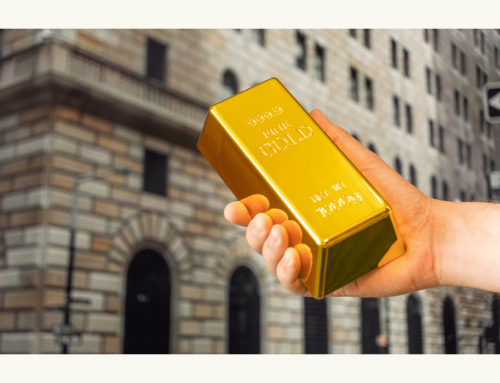As inflation erodes the value of money, the challenge remains: how can we protect our wealth effectively in uncertain times? While strategies vary, physical gold has consistently been a reliable hedge against inflation. Its unique qualities, such as intrinsic value and historical resilience, make it an essential asset for wealth preservation. With economic uncertainty and rising prices dominating headlines, gold’s role as a safe haven has never been more relevant.
Gold vs. Inflation: The Past Four Years
Inflation gradually weakens the purchasing power of cash and fixed-income assets. Traditional investments like bonds and savings accounts often fail to keep up, leaving investors searching for alternatives. Over the past four years, gold has delivered a 111.7% return, compared to an 80.9% inflation rate. While cash and bonds lost real value, gold not only kept pace with inflation but provided significant real returns, demonstrating its ability to outperform in challenging economic conditions.
The Dollar’s Declining Power
Inflation has eroded the dollar’s purchasing power—$1 four years ago now buys just $0.553 worth of goods. Meanwhile, gold’s 111.7% price increase has more than doubled its purchasing power over the same period. This sharp contrast underscores why gold remains a trusted store of value during times of economic instability and currency depreciation.
Why Gold Shines
Gold outperforms during inflationary times because it is seen as a safe haven, especially in economic or geopolitical uncertainty. Unlike paper money, which can be printed endlessly, gold is a tangible asset with intrinsic value. Its scarcity and universal recognition add to its appeal, making it a critical hedge against inflation and a protector of purchasing power.
What This Means for Investors
Gold’s ability to preserve and grow wealth during inflationary periods makes it an essential component of a diversified portfolio. By adding gold, investors can hedge against inflation, currency devaluation, and economic instability. In today’s volatile market, gold provides not only protection but also peace of mind for long-term wealth management.
In the last four years, while the dollar has lost nearly half its value, gold has more than doubled in price. Isn’t that a compelling reason to consider adding physical gold to your portfolio?
Disclaimer: This article is for informational purposes only and does not constitute financial or investment advice. Please consult a qualified financial advisor before making any investment decisions.






